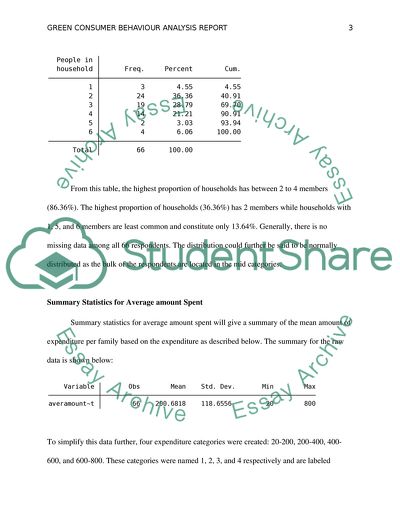Cite this document
(Green Consumer Behaviour Analysis Statistics Project Example | Topics and Well Written Essays - 1500 words - 1, n.d.)
Green Consumer Behaviour Analysis Statistics Project Example | Topics and Well Written Essays - 1500 words - 1. https://studentshare.org/statistics/1798082-statistical-report-on-green-consumer-behaviour
Green Consumer Behaviour Analysis Statistics Project Example | Topics and Well Written Essays - 1500 words - 1. https://studentshare.org/statistics/1798082-statistical-report-on-green-consumer-behaviour
(Green Consumer Behaviour Analysis Statistics Project Example | Topics and Well Written Essays - 1500 Words - 1)
Green Consumer Behaviour Analysis Statistics Project Example | Topics and Well Written Essays - 1500 Words - 1. https://studentshare.org/statistics/1798082-statistical-report-on-green-consumer-behaviour.
Green Consumer Behaviour Analysis Statistics Project Example | Topics and Well Written Essays - 1500 Words - 1. https://studentshare.org/statistics/1798082-statistical-report-on-green-consumer-behaviour.
“Green Consumer Behaviour Analysis Statistics Project Example | Topics and Well Written Essays - 1500 Words - 1”. https://studentshare.org/statistics/1798082-statistical-report-on-green-consumer-behaviour.


